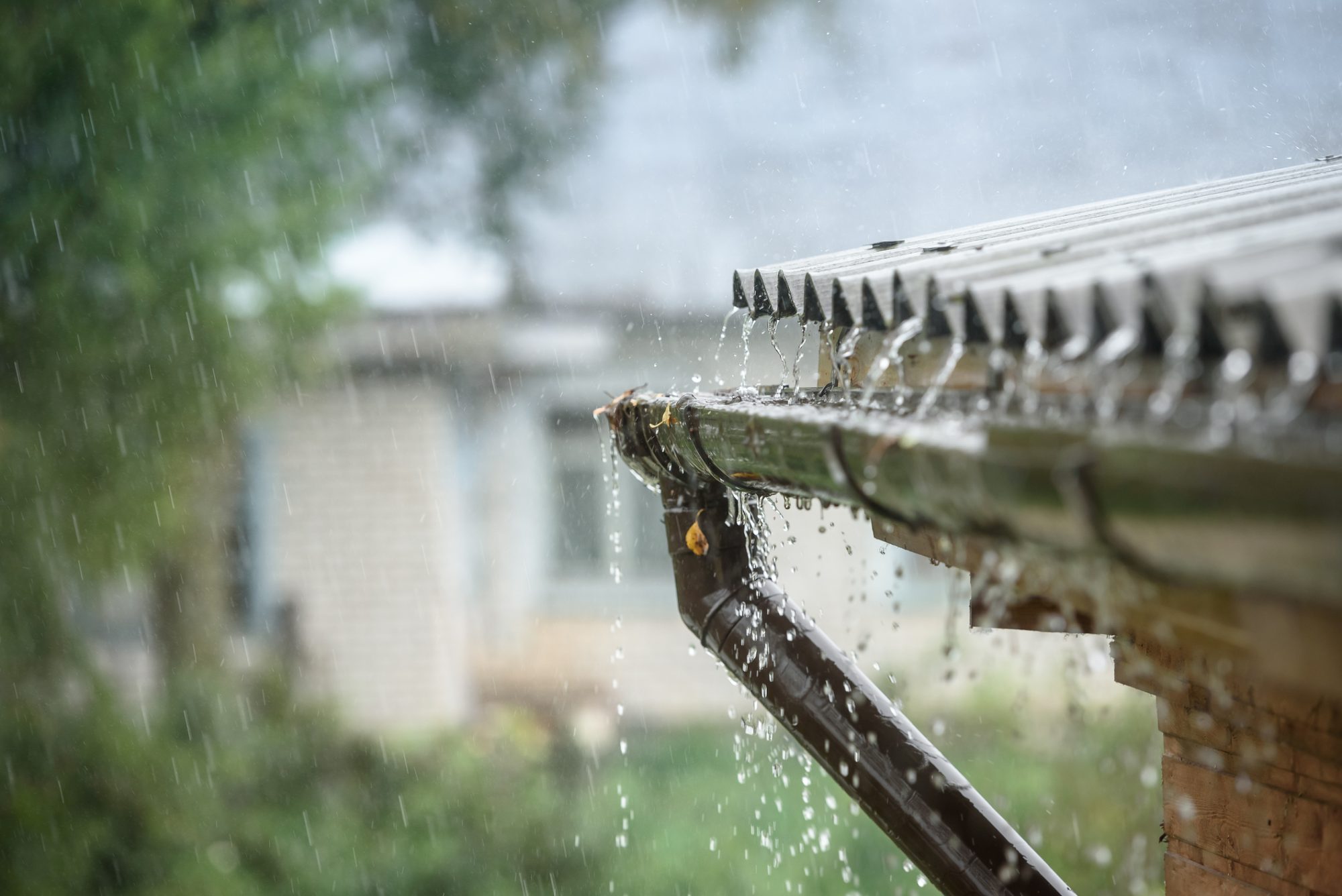With the recent COP28 taking centre stage and scientists concluding that 2023 has been the hottest year on record, the need to futureproof housing becomes an increasingly vital component in the fight against the effects of climate change
While this is an immense mountain to climb, we wanted to look at some practical measures which can be taken to futureproof housing and ensure our homes don’t add to the world’s environmental burden.
No longer is it sufficient merely to keep homes warm in winter, something at which Actis’ products have been very effective over the past decade or so; extreme heat and storms also need to be reckoned with.
The impact of rising temperatures on mortality rates
Part O of the Building Regulations obliges architects to limit unwanted solar gains and provide a way to remove heat from residential dwellings.
And installing heat-reflective insulation will reduce the uncomfortable and even dangerous effects of heat on the human body while indoors.
ONS figures on the impact of rising temperatures on mortality show there have been 50,000 heat-related deaths and more than 200,000 related to cold in England and Wales since 1988.
A recent Oxford University report says the UK is “dangerously unprepared” for the impact of rising temperatures and calls for sustainable adaptations to the built environment to keep people cool.
But that, for obvious reasons, is no longer a job for gas-guzzling air conditioning systems, whose use only adds to the climate change problem.
The mantra “fabric first” applies as well to the means by which a building can be kept cool as to its use in ensuring warmth is retained.
“While some insulation products can make homes unbearably hot in the summer, reflective alternatives also act as coolants,” explained Actis UK and Ireland sales director Mark Cooper.
Futureproofing homes against severe storms
Severe storms are another increasingly prevalent weather phenomenon from which homes need to be protected. A building standard, introduced a few years ago, is aimed specifically at helping protect roofs in such situations.
BS5534:2014 slating and tiling for pitched roofs and vertical cladding code of practice addresses every component of the construction of a standard roof to ensure it can withstand wind uplift.
And underlays, one of those components, are subject to a labelling system designed to help builders, architects and specifiers minimise the “ballooning effect”, which sees the underlay force tiles and slates off the roof in high winds. Underlay is not allowed to balloon more than 35mm.
The labelling identifies the amount of wind uplift resistance each underlay has in five different geographical weather zones identified across Britain and will ensure that builders can easily identify the correct underlay for the region in which they are working.
Actis Boost R Hybrid and Boost R Hybrid Roof can protect against windy climates
Not all underlays have sufficient wind uplift resistance to cope with the windier regions of zones 4 and 5 – but insulating breather membranes Actis Boost R Hybrid and Boost R Hybrid Roof do.
As well as its products actively protecting residents against the ravages of extreme weather, the company’s ethos and manufacturing processes are also designed to minimise their impact on the environment.
Indeed, Actis’ zero-waste policy and the 100% recyclability of all its products has enabled its Hybris insulation to become the only reflective insulation in Europe to earn international Cradle to Cradle Certified Bronze Certification.
Few raw materials and fewer energy resources used during production means the carbon emissions produced manufacturing all five Actis products are very low compared with those created by other insulation products, at less than 2kg per sq m of CO2.
Actis is keen to share its climate-change combatting expertise with specifiers, architects, builders and building control officers via its RIBA-approved CPDs Tomorrow’s
Insulation Solutions for Future Homes Standards and Addressing the Performance Gap using Reflective Insulation.
And, lest we forget of course, insulation is also the primary consideration when needing to retain heat.
In fact, architects at one of Actis longstanding customers, ScandiaHus backed up their own measurements, which showed an impressive level of thermal efficiency, by carrying out a thermal imaging test. The results confirmed their own findings and convinced them to use Hybrid products in all future show homes.
Actis

















